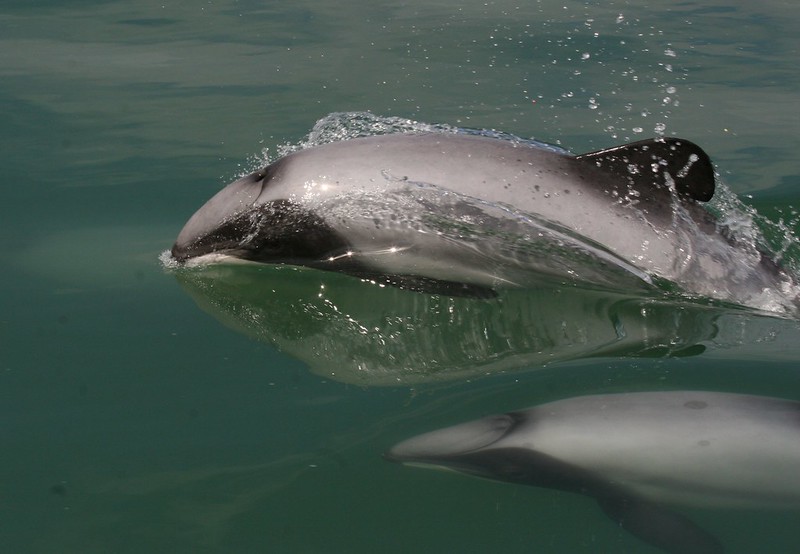Maui Dolphin Facts
- Above all, this remarkably precious creature, the Maui Dolphin, separates itself from others. That holds true because it ranks as both the rarest and smallest of all known subspecies of dolphin.
- However, both it and a related species share an extremely restricted and specific habitat. However, this fact has the end result of leaving them both quite vulnerable.
- As a result, officials currently estimate the entire population of this marvelous species to number fewer than 50 individuals.
- Given both these very unfortunate facts, the IUCN , therefore, presently lists this variety of dolphin as Critically Endangered.
- In addition to the dangers of climate change, the wonderful Maui Dolphin also faces a serious threat from local trawling.
Related Articles
Vaquita
Maui Dolphin Physical Description
The quite amazing Maui Dolphin generally displays a somewhat moderate degree of sexual dimorphism. In this, the remarkable animal remains similar to the great majority of related species.
Therefore, females grow to a slightly larger size than males, averaging 5.6 ft (1.7 m) in length, and about 110 lb (50 kg) in weight.
Although comparatively short, the body of this precious cetacean develops a quite stocky shape. Furthermore, the delicate-seeming snout also displays a gently sloping structure.
Its colorful blend of white, black, and gray markings also gives it a distinctive appearance. However, it is the round dorsal fin that most sets it apart.
So, though small for a dolphin, it remains an impressive creature.
- Kingdom: Animalia
- Phylum: Chordata
- Class: Mammalia
- Order: Artiodactyla
- Family: Delphinidae
- Genus: Cephalorhynchus
- Species: C. hectori
- Subspecies: C. h. maui
Maui Dolphin Distribution, Habitat, and Ecology
To clarify facts, the magnificent Maui Dolphin has only one known range of habitation. To be precise, this range only consists of the waters off the west coast of North Island, New Zealand.
Further, this wonderful mammal also tends to spend most of its time in quite shallow waters. In fact, the depth this gorgeous mammal inhabits rarely exceeds 66 ft (20 m).
Its diet also appears similar to other small cetaceans, usually consisting of small squid, various fish, and random small crustaceans.
Mature females of this species typically bear one calf every 2-4 years, however, beyond that experts know little of this aspect of its biology.
Most importantly, in 2014, the government opened up part of a local sanctuary to oil-drilling, which includes the majority of its endemic habitat.
Species Sharing Its Range
Check out our other articles on 9 of the Weirdest Animals on Earth, Tiger Flower, Kelimutu, Goliath Stick Insect, Olive Ridley Sea Turtle, African Penguin, Wood Frog, Clouded Leopard

